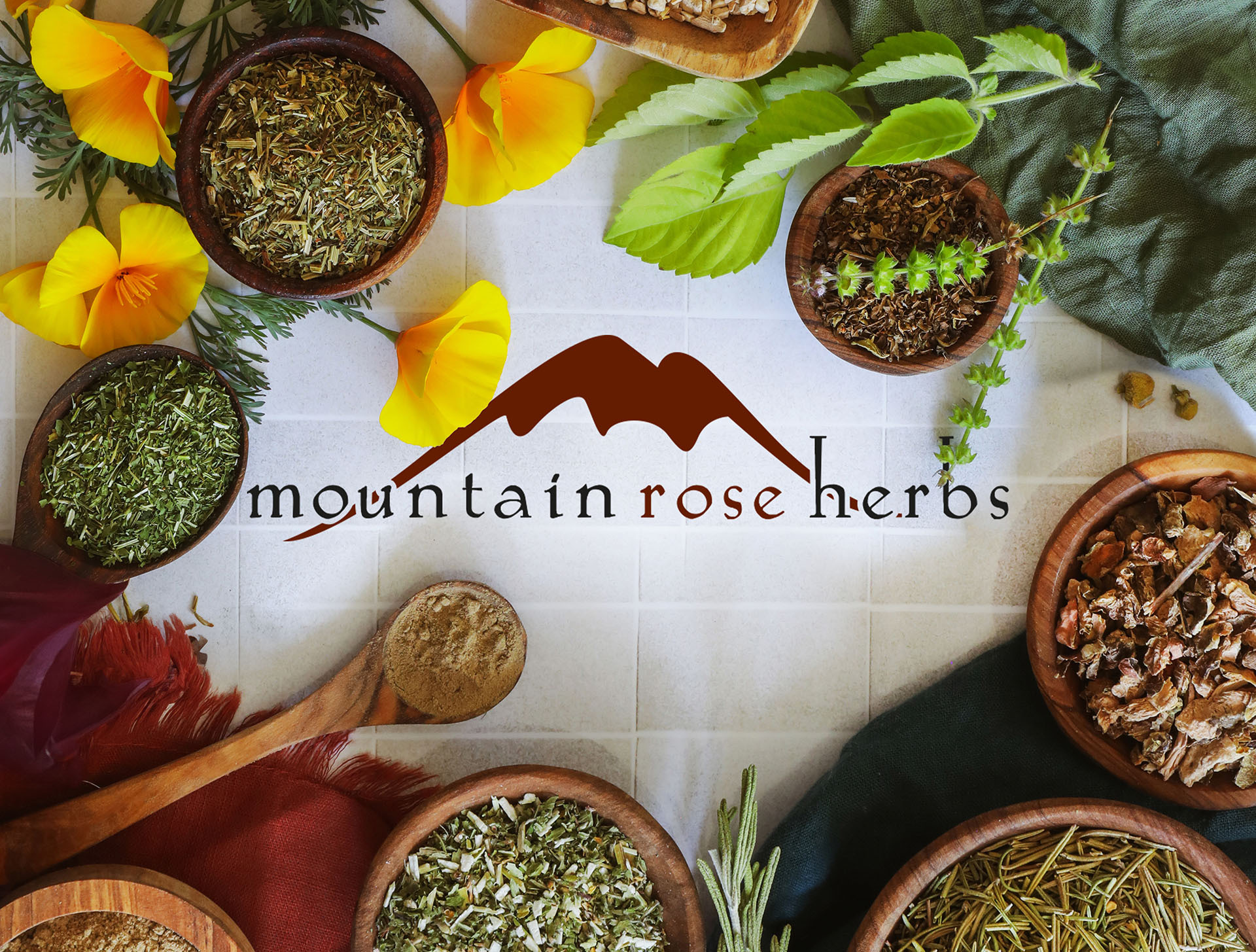As the name suggests, oat tops are the milky tops of the oat plant. Avena sativa has been consumed as a popular cereal grain for thousands of years and the young, milky oat tops are a favorite among herbalists for their calming and nutritive properties. Oat tops are commonly used in tincturing; however, they can be added to bath and body blends as well as infused in teas.
A. sativa is a grass with erect stems and long blade-like leaves. Its flowers consist of inconspicuous spikelets, each floret containing 3 stamens, and a feathery stigma. This floret matures into the oat that is edible, and at the immature stage, exudes a white milky substance (referred to as 'milky oats') and harvested for its nutritive value. The whole plant is referred to as 'oatstraw.'
Oats are believed to be descended from A. sterilis, a wild oat in the Fertile Crescent, along the North African coast, and the Southern coast of the Iberian Peninsula. Believed to be domesticated around 3,000 years ago around the Tigris and Euphrates rivers, oats are thought to have been introduced to Europe as a contaminant of the established wheat and barley trade. Because of this accidental introduction, many viewed oats as a weed and competition for the better-known wheat and barley plants. They were eventually adopted as a prominent crop in Europe due to how well adapted oats are the cooler, wetter climate of the region.
Oats have been cultivated since ancient Roman times as feed for horses. The British emigrants introduced oats to North America in the 17th century and they have been cultivated here ever since. Today, most cultivated oats are primarily bailed and sold as feed, however much is grown for food as well and will continue to be cultivated in larger and larger quantities as its health benefits become more widely known. The biggest oat-producing countries are Russia, Canada, United States, Australia, around the Baltic Sea, Sweden, Finland, Poland, and Germany. The best time to harvest the seed is when it is immature, or in its milky phase, and then to tincture it the same day.
Precautions
No known precautions. We recommend that you consult with a qualified healthcare practitioner before using herbal products, particularly if you are pregnant, nursing, or on any medications.
This information has not been evaluated by the Food and Drug Administration. This product is not intended to diagnose, treat, cure, or prevent any disease. For educational purposes only.














